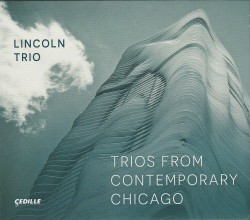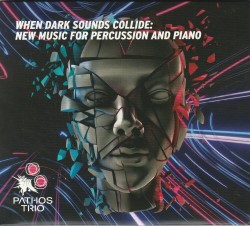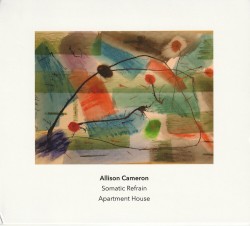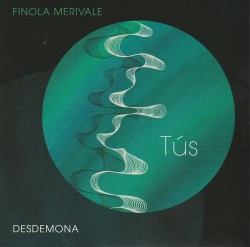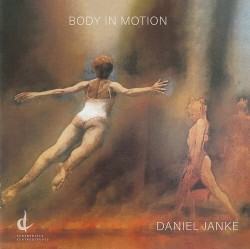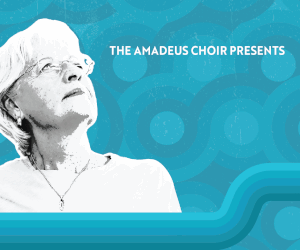Carl Vine: Complete Piano Sonatas - Xiaoya Liu
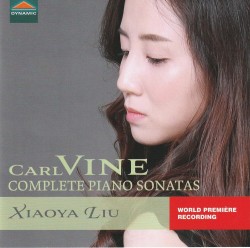 Carl Vine – Complete Piano Sonatas
Carl Vine – Complete Piano Sonatas
Xiaoya Liu
Dynamic CDS7931 (xiaoyaliupiano.com/press)
Australian Carl Vine (b.1954) has written at least eight symphonies, nine concertos, six string quartets and 40 scores for dance, theatre, film and TV, but “only” four piano sonatas, ranging from 15 to 19 minutes in duration.
Vine’s two-movement Piano Sonata No.1 (1990) was commissioned and choreographed by the Sydney Dance Company, where Vine was resident composer and pianist. Beginning gloomily, it soon erupts with driving, irregular rhythms, repeated rapid phrases over syncopated thumping, glittering sonorities, headlong accelerandos and booming climaxes.
Distant echoes of Debussy and Rachmaninoff inhabit the first movement of No.2 (1997). Propulsive, jazzy syncopations fill the concluding second movement until a slow, suspenseful interlude leads to an enraged plunge to the sonata’s final, brutal explosion. No.3 (2007) is in four movements: Fantasia opens with slow drips over dark chords, followed by distorted Chopinesque melodies; in Rondo, meditative passages separate surging, percussive rhythms; Variation presents elaborations of Fantasia’s drips and chords; Presto begins and ends violently, interrupted by a gentle, disquieted ambulation.
The three-movement No.4 (2019) starts with Aphorisms, its slow, aimless melody wandering over burbling arpeggios. In Reflection, delicate droplets over low rumbles bookend a restless, yearning central section. Pummelling barrages surround plaintive lyricism in Fury, expressing, says Vine, “relentless and unfocused anger,” ending in a ferocious prestissimo-fortissimo.
Pianist Xiaoya Liu, top-prize-winner of several major piano competitions, brilliantly surmounts all the extreme virtuosic challenges of these intense, turbulent works – gripping music that definitely deserves your attention.


